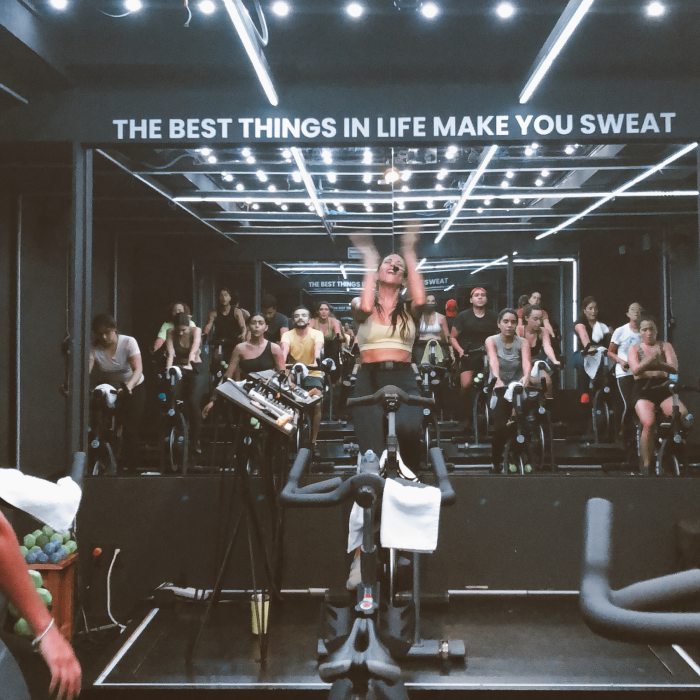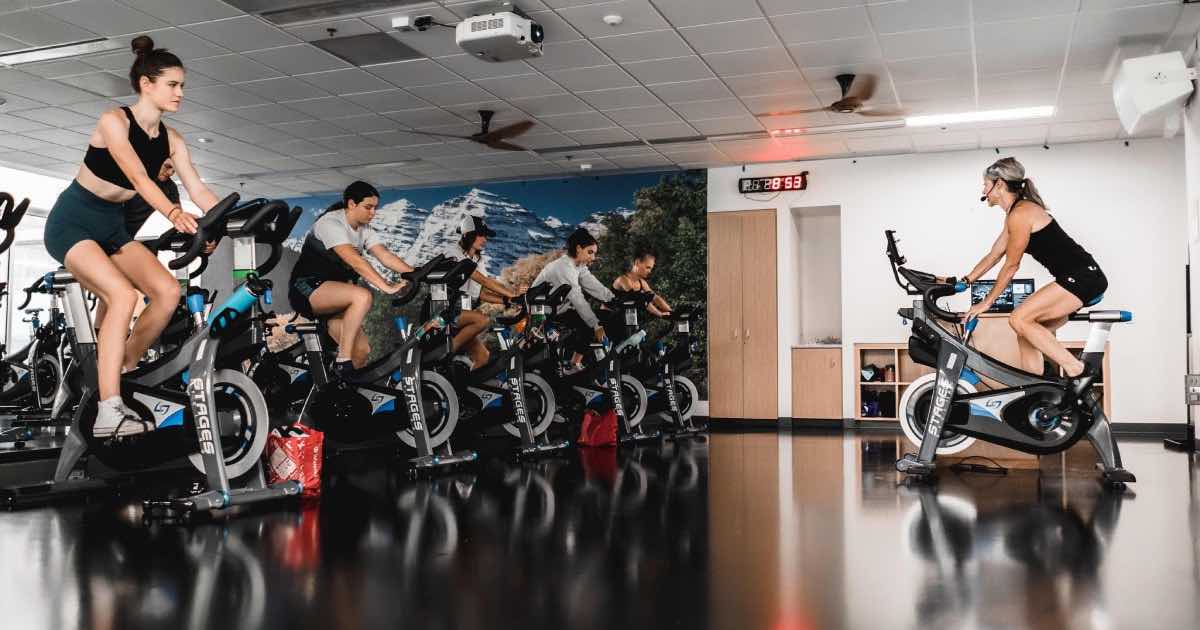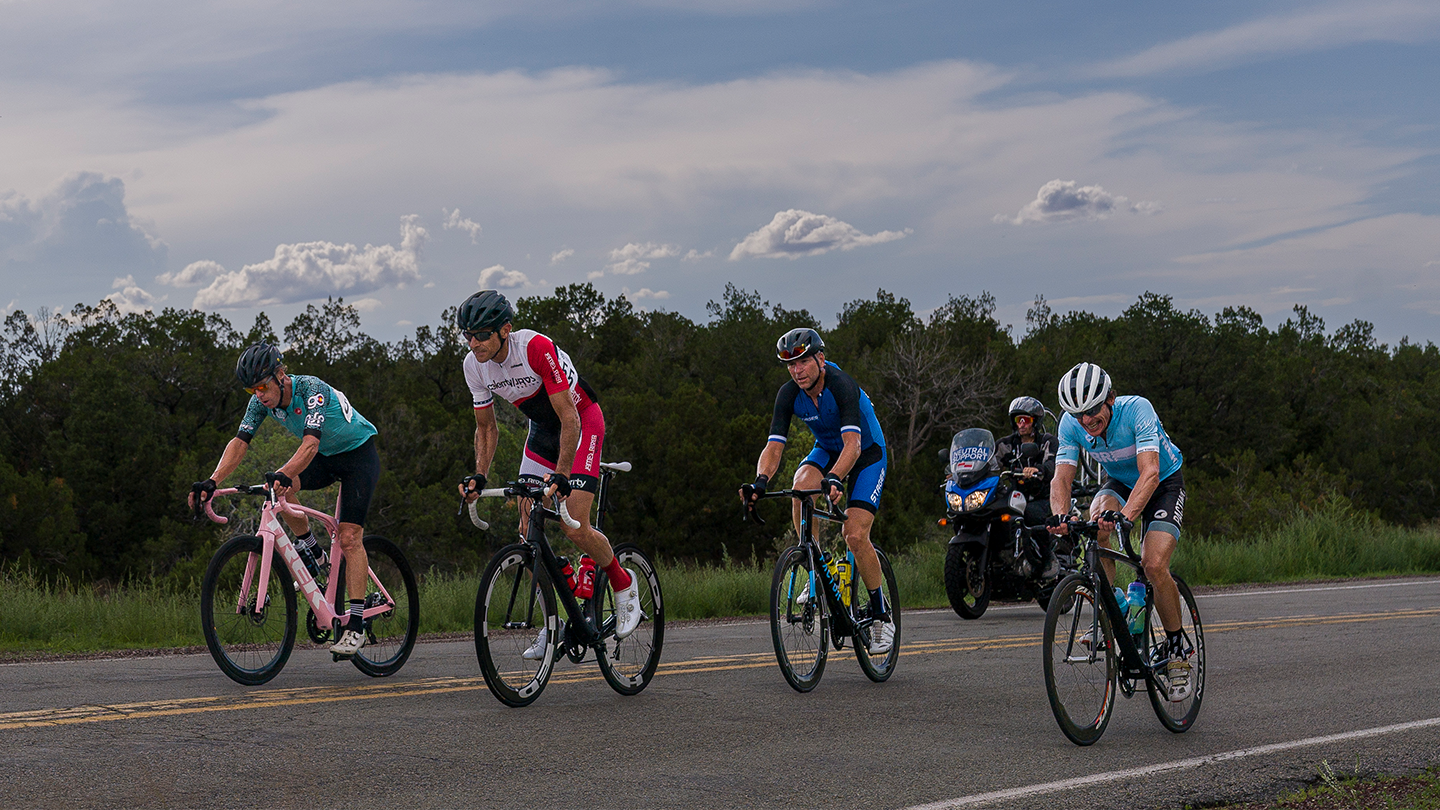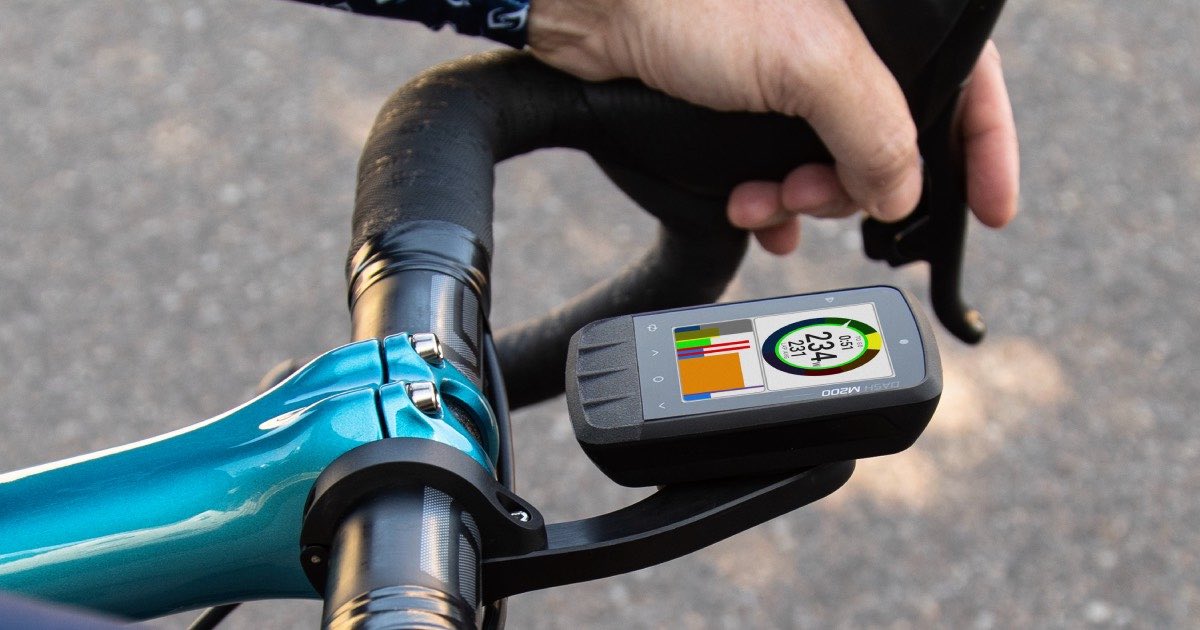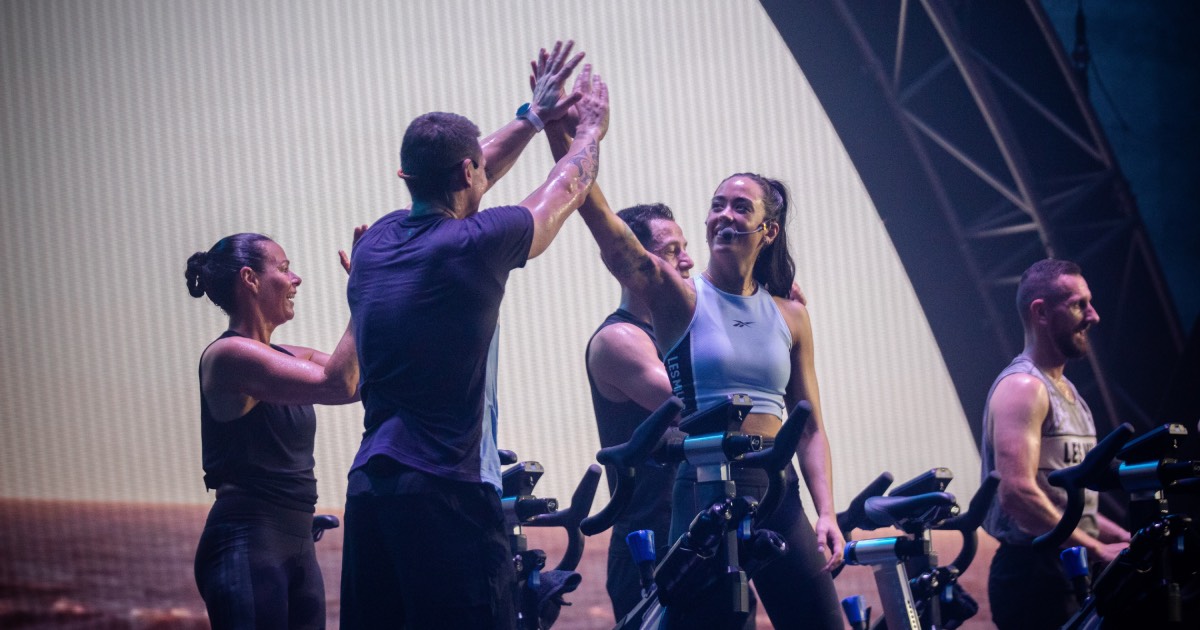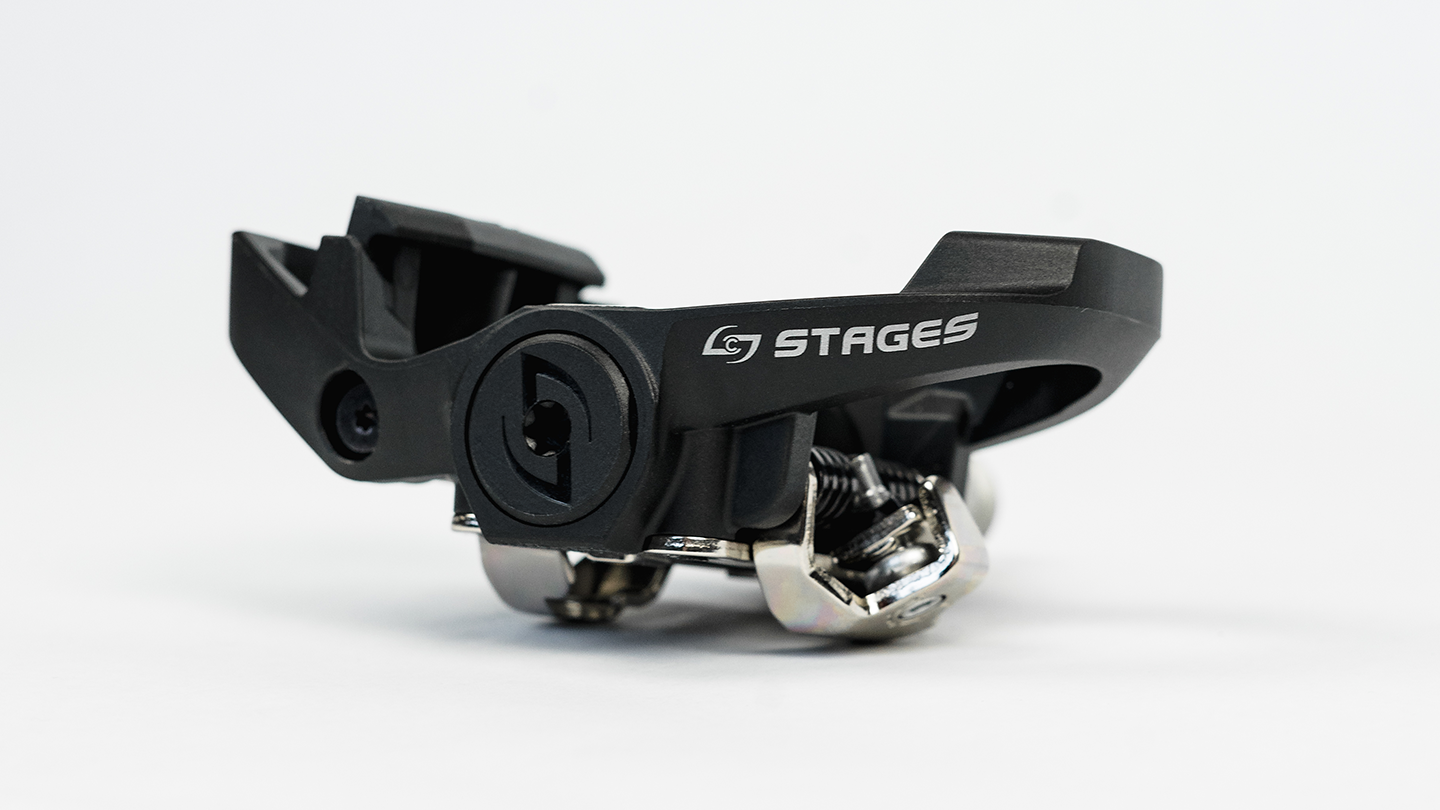How to Start a Boutique Cycling Studio
- By Amber Jaworsky
- Published: Sep 8, 2022
- Last Updated: Sep 29, 2022
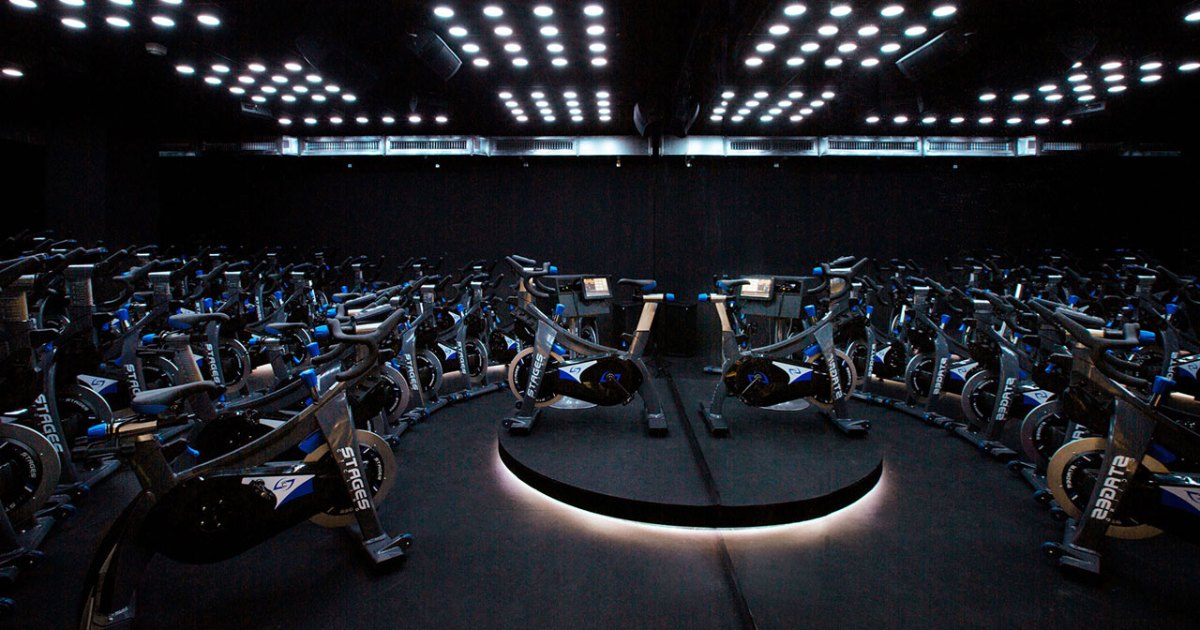
Cycling studios are quickly becoming a leader in the fitness industry, generating more than 55% of revenue compared to other standalone fitness studios. Creating a successful cycling studio begins with a passion for people, cycling, and fitness. But that can only take you so far. Studio owners need business savvy, a firm foundation of cycling best practices, and a well-thought-out plan in order to create a thriving indoor cycling studio.
Here are some key things to consider before starting a boutique cycling studio.
LOCATION
The location you choose for your cycling studio is crucial. You'll want to identify a space that has a lot of foot traffic and a few other frequently visited businesses nearby. When considering location, factor in the price of rent with the average income of the area that houses the demographic and psychographics of your target market. Having a clearly defined target audience is key to helping you identify a good location as well.
- What's your ideal client like?
- What are their interests?
- How active are they?
- What are their pain points and needs? Time, money, childcare, proximity, early morning classes, evening classes, etc.
Talent attraction and retention are other key elements to consider too. When you are just starting a business, the location needs to be convenient for both your customers and your employees. Room to accomodate growth and proximity to competitors are the final things to think about when it comes to finding your ideal location. How big do you want your studio to be? If you start small, is there room to expand with demand? Are there other fitness and group exercise businesses nearby? Non-cycling boutique studios are beneficial, but you'll want to avoid competing with similar companies when your business is just getting started.
LAYOUT
The layout for most boutique cycling studios is pretty consistent. The instructor(s) rides up front, while member bikes are situated throughout the room with a clear view of the instructor. The instructor's area should be spacious enough to hold two to three bikes and any supporting audiovisual equipment. Member bikes are carefully spaced for comfort and safety, but thoughtfully positioned to maximize the space in the room. Nobody wants to get splashed with sweat, or bumped by another person's elbow, but a well-structured layout lends itself to an unforgettable group experience.
Let the sweat sesh and bike party begin!
EQUIPMENT
Invest in good equipment.
Your members will notice the quality of your bikes. If they are loud, unstable, or always in need of repairs, profitablility and member satisfaction will be impacted. Upfront costs may be higher, but high-quality indoor bikes will keep your members safe, last longer, and require fewer repairs.
lead the industry in quality and are manufactured to last six to ten years, and no other indoor bike on the market comes as close to having a real bike feel.
Group display, technology, and data collection capabilities are also things that can set you apart from other cycling studios. Your member experience is completely defined by what you, as the studio owner, decide to provide to your member base.
got you covered.
is the pinnacle of indoor cycling studio software, providing an engaging full-featured group display with a personalized workout for each rider. With Stages Studio every rider works to their individualized level while enjoying the motivating group environment. You can customize the Pro platform by choosing the unique style of classes you’d like to offer. From rhythm to power or a mixture of both, Stages Studio takes member experiences to the next level.
When you choose Stages Studio Pro you can:
- Add behind-the-scenes data collection and to rhythm-style classes that are driven by audio-visual emotion.
- Add color-coded interval workouts to the performance-style classes where members seek cycling improvement and thrive off data feedback.
- Deliver consistent classes across studio locations by adding a set of standardized class plans and videos.
- Increase the utilization of studio space by adding virtual classes, featuring your own content, Swerve, or Les Mills Cycling programs to offer members more choices.
The Stages Studio platform also has open APIs to connect to your member management system for the seamless sharing of data across your company.
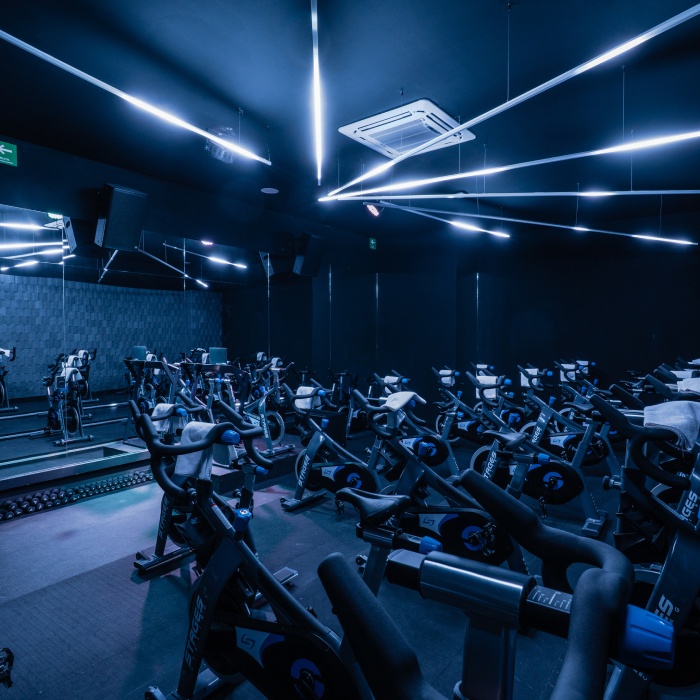

DECIDE ON YOUR VIBE
Design elements and the culture you seek to create matter.
- How do you want people to feel when they enter your studio? Certain colors and varying degrees of light can uplift, energize, and welcome your members.
- What do you want your members see, hear, and think the minute they walk through the door?
- How do you want your studio to look? Dark and edgy, light and airy, clean and coordinated?
- What do you want to stick with your members long after their workout is over? Release, empowerment, accomplishment, a sense of belonging, and community?
Your studio's vibe will attract its tribe.
Class Formats
As a studio owner, you get to decide the type of class format your studio will provide. You can choose to specialize in one, or offer a variety of class formats to meet the needs of your clientelle.
Here's a quick glance at the three different types of indoor cycling formats you can choose from.
- Rhythm or Beat-Based. A Rhythm-based ride focuses largely on the beat of the music. Instructors will coach to cadence/RPM (revolutions per minute) and the ride is all about the playlist. Songs for the class are usually upbeat and high energy, with build-ups and clear beat drops that promote a cadence that aligns with the class’s goal. Slower tempos are perfect for higher-resistance hill climbs, and faster tempos fuel speed work. Rhythm classes are fun and energetic and are all about creating an experience that leaves you feeling refreshed and alive.
- Power or Watts-Based. Power-based classes require three things: 1: indoor bikes that are equipped with power meters, 2: indoor bikes that are equipped with a console to display output data, and 3: instructors that are trained to coach around performance-based techniques, like data, metrics, power zones, etc.
Indoor bikes that are outfitted with a power meter provide real-time data that communicate the precise amount of work, or energy, that’s put into a ride. The science behind all of this is pure physics, but in a nutshell, power is the combination of how much work a cyclist has done and how fast they’ve done it. A power meter measures the transfer of energy from a rider’s legs to the bike, by measuring how hard (torque) and how fast (cadence) a cyclist is pushing on the pedals to keep them turning. This combined measurement is expressed in watts and is often referred to as power output.
Power output varies considerably from person to person, so comparing power variables from one rider to another isn’t fruitful. But knowledge is power for the individual rider, and power-based data provides individuals with a brilliant perspective of what their bodies can do. In addition to quantifying effort during a given workout, tracking power output can also help riders set quantifiable goals and measure improvements in their fitness level. Higher watts also mean greater caloric burn, so riders can “turn up their burn” by monitoring and training with watts. - Heart Rate-Based. During a heart rate-based ride, members will need to wear a heart rate monitor of some kind to collect their beats per minute (BPMs). Much like power data, heart rate training provides guidance on whether a rider is in the sweet spot of their effort, or if they are pushing too hard or taking it too easy. Heart rate training specifically communicates the body’s physiological response to a workout. Temperature, hydration level, fatigue, stress, caffeine, and other factors can influence heart rate, which makes it difficult to quantify the intensity of the workout, but the metrics of a heart rate-based class can help members learn what a “fat-burning zone,” or “easy effort,” really feel like.
SOCIAL MEDIA
With over half the world’s population using social media, platforms like Instagram, TikTok, YouTube, Facebook, LinkedIn, and Twitter are a powerful way to connect with your target audience, engage with customers, and grow your business. According to a study by the Pew Research Center in 2021, seventy percent of social media users check their accounts every day, so you can stay top of mind and connected to potential customers just by consistently posting informative and entertaining content. Plus, social media is the one form of marketing that’s a two-way street. Social networks allow you to interact directly with customers while giving them the chance to interact directly with you.
Here’s a list of more amazing things that social media can help you do:
- Build brand awareness
- Increase traffic to your website
- Boost membership sales
- Highlight your amazing instructors and their irresistible classes
- Build community by showcasing member milestones and accomplishments
- Learn more about your customers in real-time so you can make smarter business decisions
- Create targeted advertising
- Add value to the community by sharing fitness tips, training tricks, and information about engaging events
Your social media presence doesn’t have to be perfect, it just needs to be consistent. So, have some fun with it.
INSTRUCTORS
As a business owner, one of the most important things you can do to ensure the success of your studio is to invest your time and resources into curating a high-quality instructor team. A single instructor can attract and retain hundreds of members, and a stellar instructor team can become the inspiring face of your business.
So, what should you look for when recruiting cycling instructors?
- A Magnetic & Energetic Presence. Good cycling instructors spark energy and connection with your members. They create something fun, invigorating, and unique for other people to be a part of, and they bring out the best in others. Some are born with this ability, while others are coached and work hard to develop it, but charisma is key.
- Strong Coaching & Cueing. People want to know the what, how, and whys of exercise. The instructors you hire need to be able to communicate clearly and quickly to keep members motivated, engaged and safe.
- Relational. The best instructors work hard to know their members and are easy to interact with. They not only strive to keep their workouts fresh, but they are also driven to build trust, loyalty, and connection with everyone in their classes.
- Certifications & Skillset. Cycling certifications, like equip and empower instructors with the information they need to build safe, effective, and amazing classes that will keep your members coming back for more. Your members want to know that they can trust you with their bodies and their time and hiring instructors that possess sound teaching skills and a deep understanding of exercise physiology is the best way to make that happen. Click HERE to read five more reasons why instructor certification is important.
At Stages, we believe that group exercise is good business and that great instructors are the key to great classes. We are committed to helping you build both!
